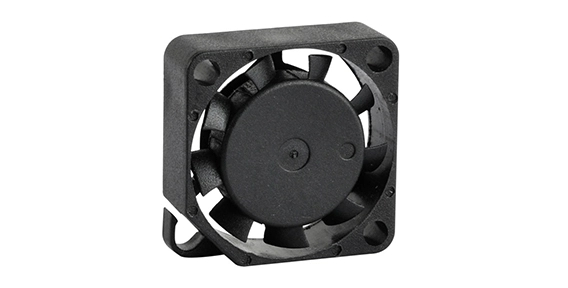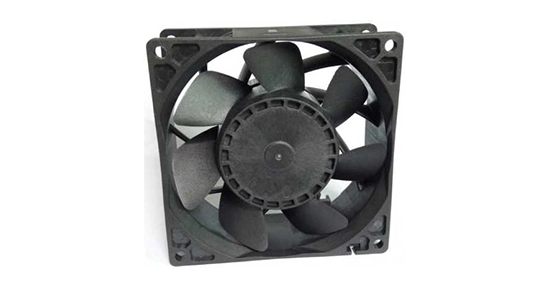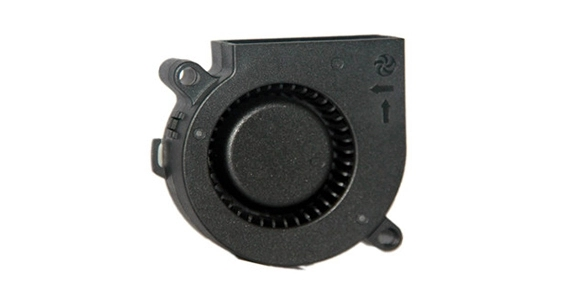A crucial component in ensuring optimal engine performance is the cooling fan system. This system prevents engine overheating by dissipating heat generated during the combustion process. However, it is common for car enthusiasts to seek ways to improve their engine's performance. Upgrading the car engine cooling fan system is an effective method to achieve this. In this article, we will explore how a car engine's cooling fan works, signs of a failing or faulty fan, upgrades to enhance performance, and best practices for choosing and installing a cooling fan.
How does a car engine cooling fan work?
The car engine cooling fan is designed to pull ambient air into the engine compartment, helping to cool the radiator and other engine components. It typically operates using one of two types of systems: a mechanical system driven by a belt connected to the engine or an electric system controlled by a thermostat.

Signs of a failing or faulty car engine cooling fan
Overheating
If the engine temperature gauge consistently rises above normal levels, it may indicate a malfunctioning cooling fan.
Strange noises
Clanking or grinding sounds coming from the cooling fan could be a sign of worn-out bearings or loose blades.
Inconsistent fan operation
If the fan rarely activates even when the engine is running at higher temperatures, it could be due to a faulty thermostat or wiring.
Car engine cooling fan upgrades for increased performance
High-performance electric fans
Replacing the stock fan with an electric fan can enhance cooling efficiency and reduce power loss. Electric fans offer better control over cooling, resulting in improved engine performance and increased fuel efficiency. Upgrade options include dual fans or high-capacity fans with increased airflow.
Lightweight fan blades
Installing lightweight fan blades made from materials like aluminum or carbon fiber reduces the load on the engine, allowing it to operate more efficiently.
Upgraded fan shroud
A high-quality aftermarket fan shroud ensures maximum airflow and prevents air leakage, enhancing the cooling system's effectiveness.
Best practices for choosing and installing a car engine cooling fan
Consider the vehicle's requirements
Ensure the chosen automotive cooling fan is compatible with the vehicle's make, model, and engine specifications.

Research fan performance
Look for fans with high CFM (cubic feet per minute) ratings as they offer greater airflow capacity.
Optimize fan placement
Install the fan as close to the radiator as possible to maximize cooling efficiency.
Invest in proper wiring and relays
Upgrading the electrical system with heavy-duty wiring and appropriate relays prevents overheating due to voltage drops.
Regular maintenance
To ensure long-lasting performance, regularly clean and inspect the cooling fan for dust, debris, or signs of wear.
Improving engine performance is a priority for many car enthusiasts, and upgrading the car engine cooling fan system is an effective way to achieve this goal. By understanding how a cooling fan works, recognizing signs of a failing fan, exploring different upgrades, and following best practices for selection and installation, you can optimize your engine's performance and prolong its lifespan. Take the necessary steps now to keep your engine running cool and efficiently with an upgraded cooling fan system.

 EN
EN 

 +
+
 +
+
 +
+



